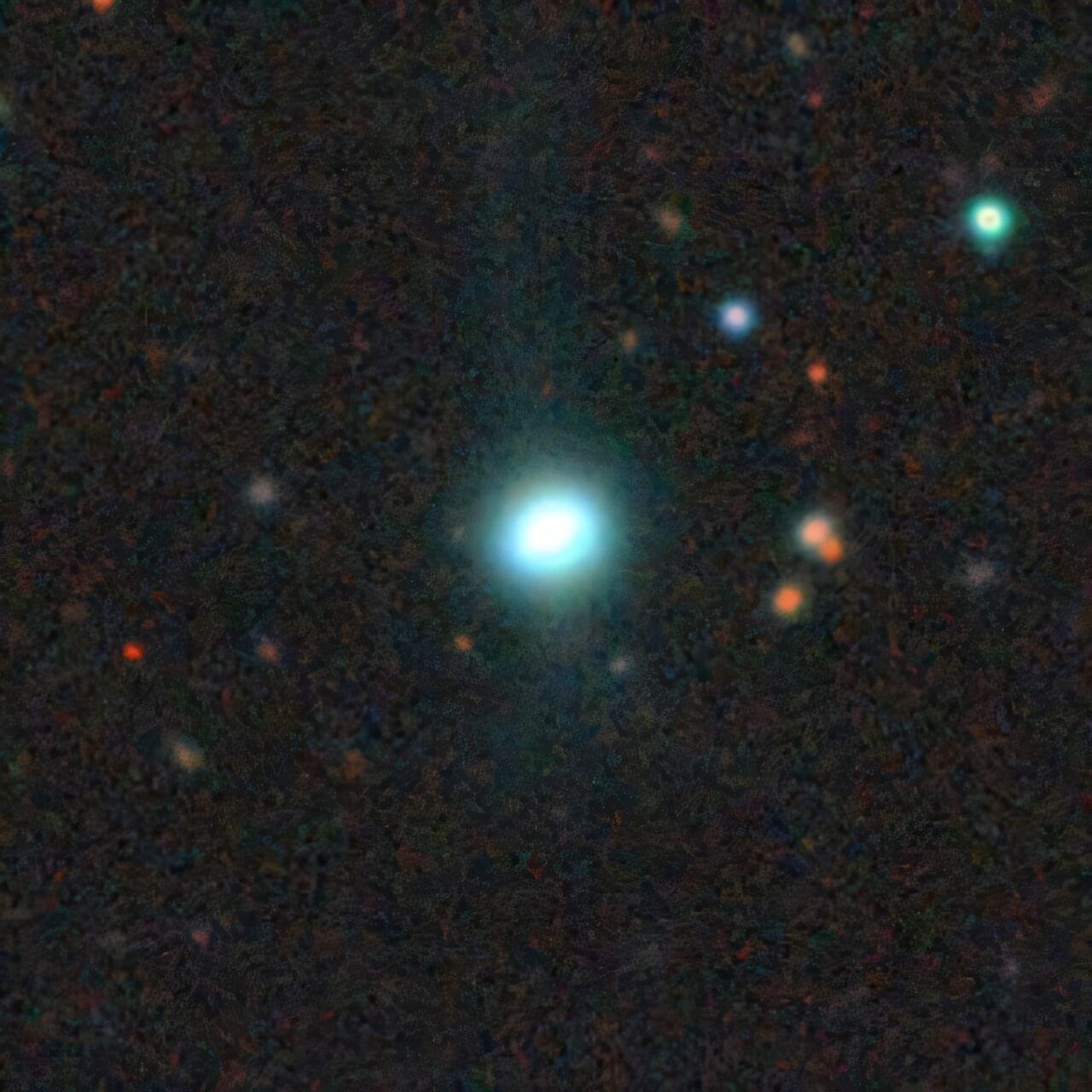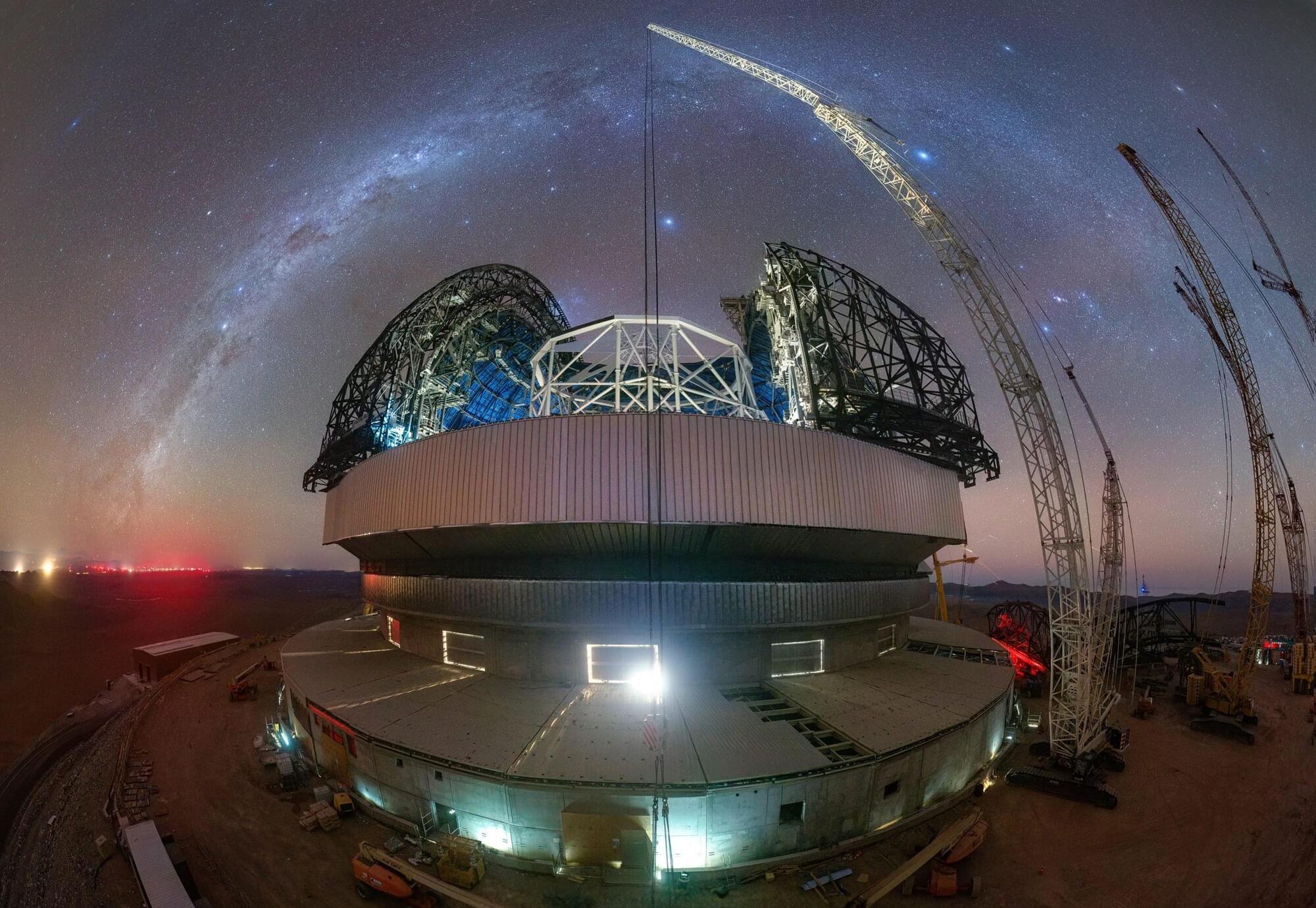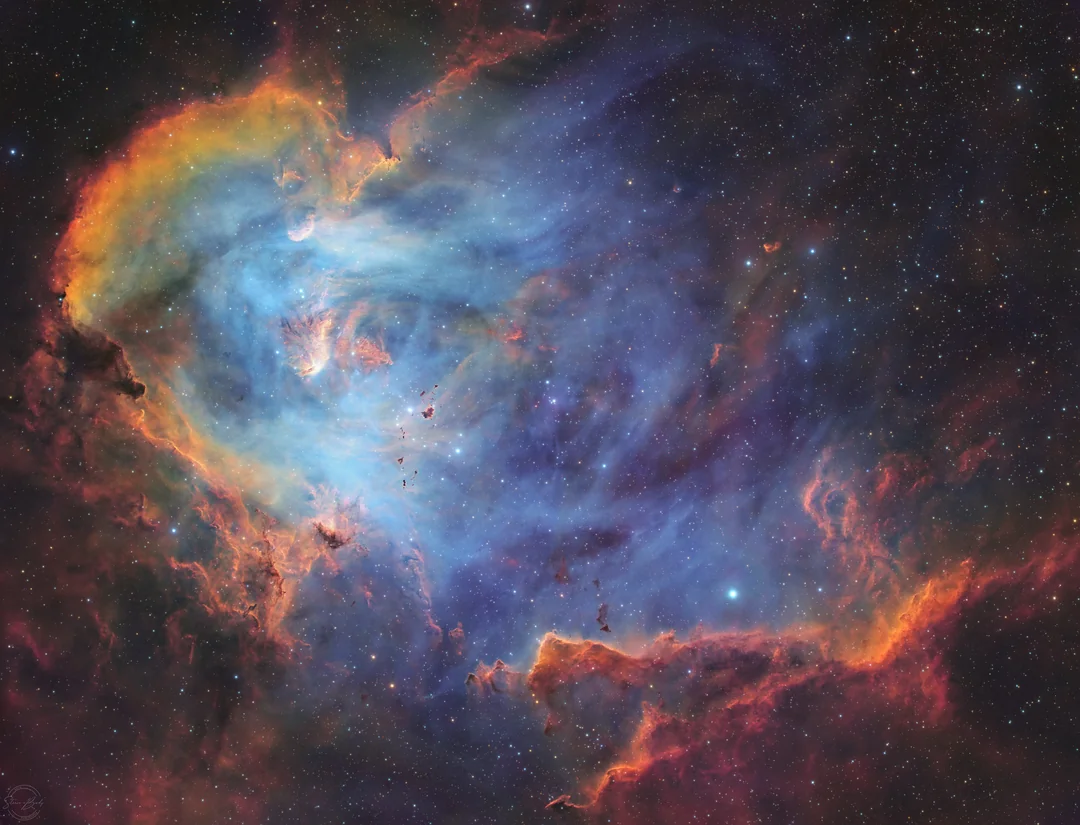Do we know everything about the Milky Way? A team of astronomers has arrived to change everything we know about our universe, and they have found strong evidence that super-Earths (planets larger than Earth but smaller than Neptune) could be much more common than previously thought! They discovered it thanks to a technique called gravitational microlensing. Don’t worry if you don’t understand it, keep reading and we’ll explain everything.
The study was led by scientists from the Harvard-Smithsonian Center for Astrophysics, and it reveals that one in three stars in the Milky Way could have a super-Earth. Isn’t that exciting?







